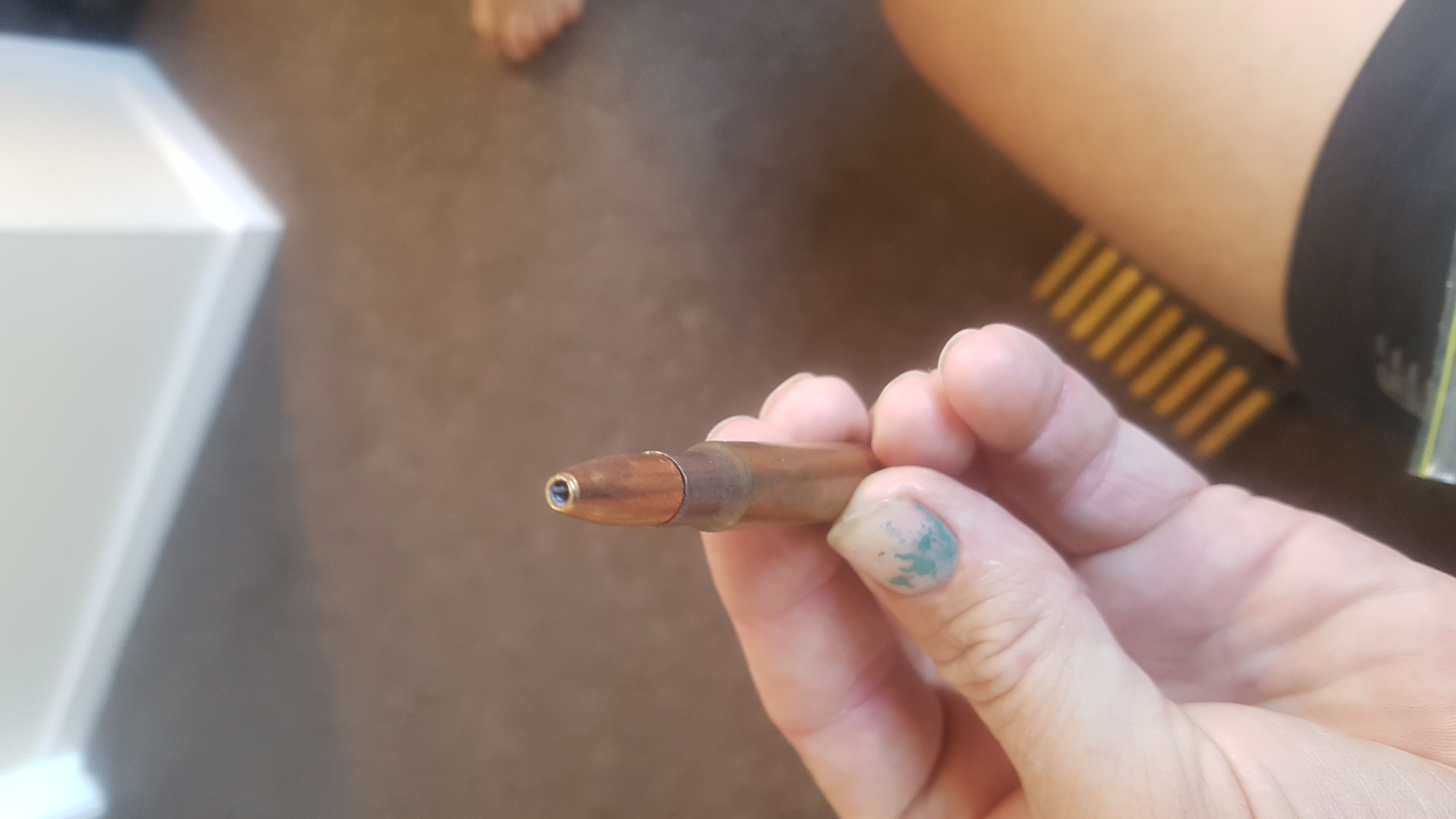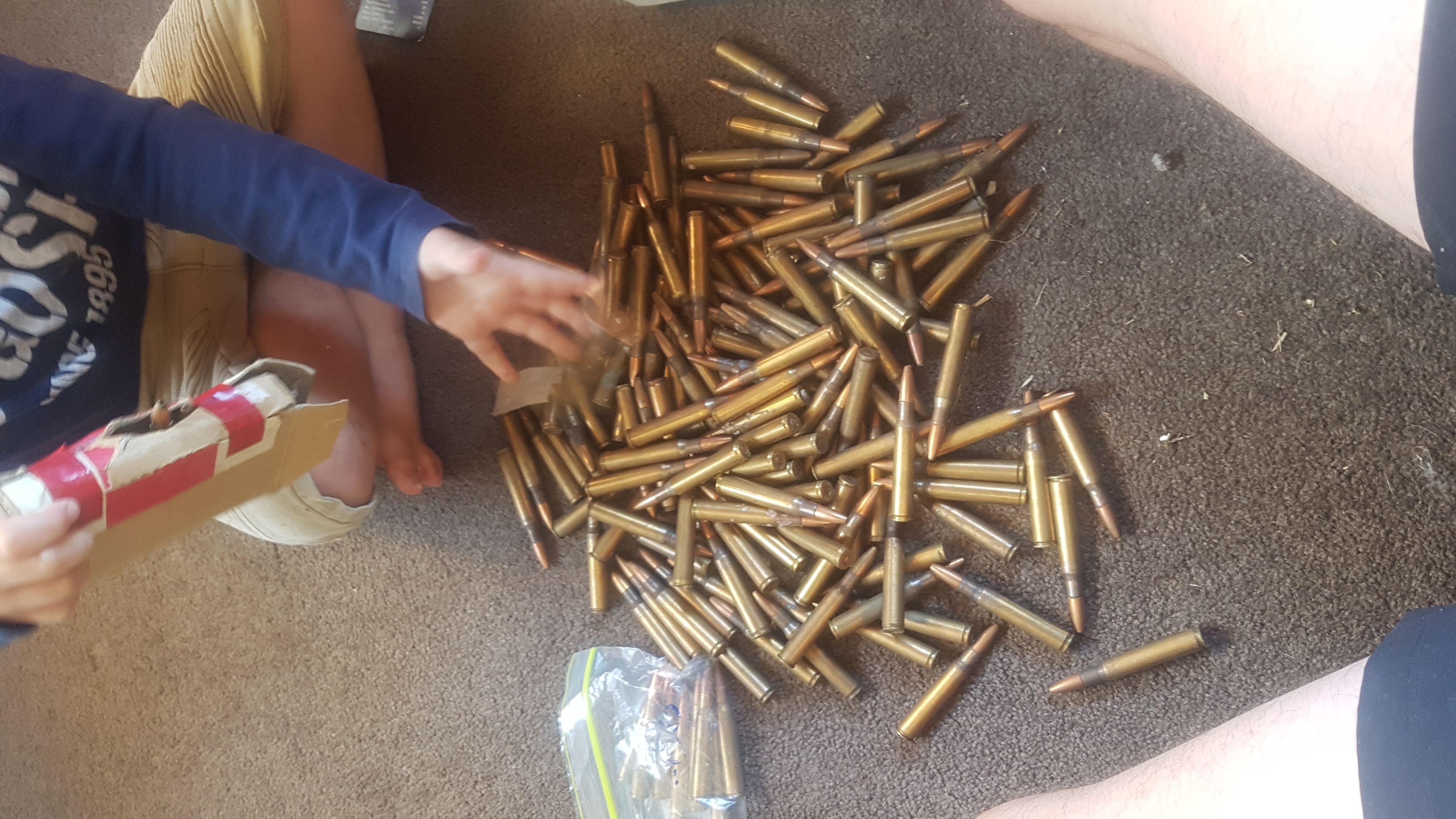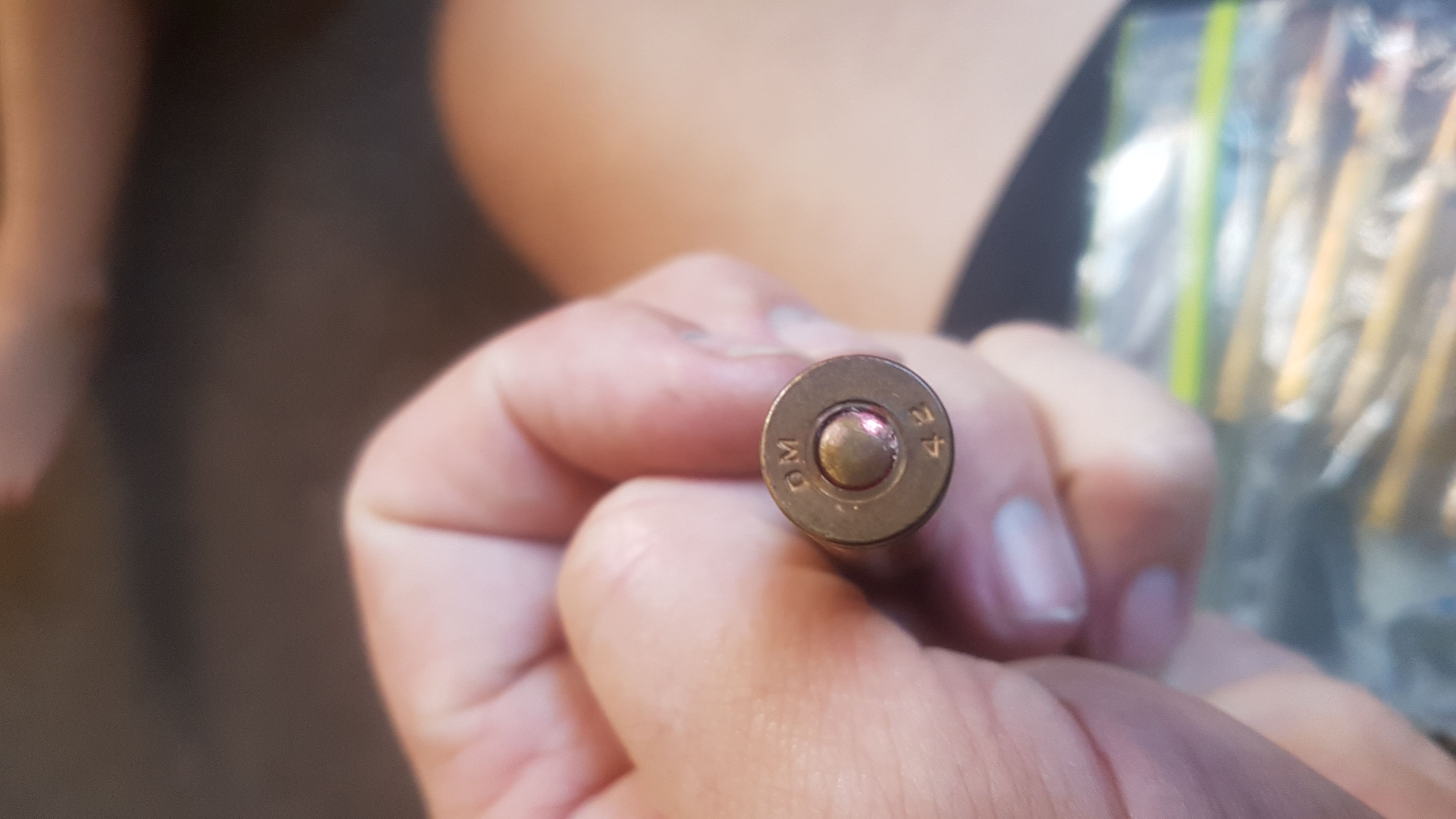Hi guys ive been given 168 rounds of 30-06 they are hollow point and I'm assuming they are military surplus? I've been told I need to replace the primers as they will be corrosive. what primers will I need to purchase ? i also need to buy some lee dies for the bloke whos going to be reloading them for me, cheers all
Welcome guest, is this your first visit? Create Account now to join.
Welcome to the NZ Hunting and Shooting Forums.
Search Forums
User Tag List
Results 16 to 30 of 33
Thread: bullet help please
Threaded View
-
27-04-2020, 09:58 AM #1
bullet help please
Similar Threads
-
.338 bullet pulling die
By ARdave in forum Reloading and BallisticsReplies: 8Last Post: 23-03-2018, 07:53 PM -
308 bullet
By Breingan in forum Reloading and BallisticsReplies: 14Last Post: 17-11-2016, 05:52 PM -
What bullet and load????
By Jojiyo in forum HuntingReplies: 11Last Post: 03-09-2014, 12:37 PM -
Bit the bullet
By chewy69a in forum IntroductionsReplies: 12Last Post: 27-05-2012, 08:49 PM
Tags for this Thread
Welcome to NZ Hunting and Shooting Forums! We see you're new here, or arn't logged in. Create an account, and Login for full access including our FREE BUY and SELL section Register NOW!!




 37Likes
37Likes LinkBack URL
LinkBack URL About LinkBacks
About LinkBacks






 Reply With Quote
Reply With Quote


Bookmarks